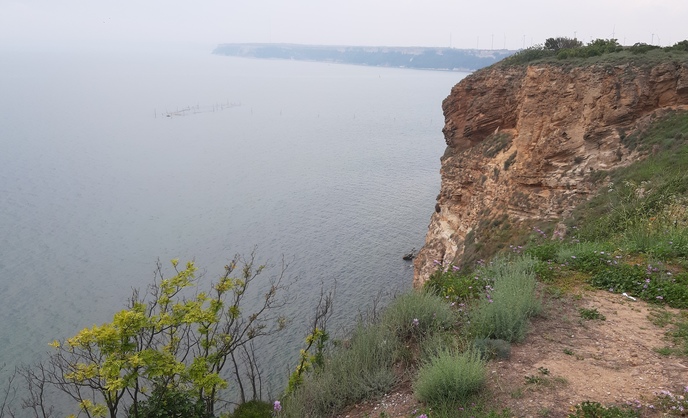Advancing the legacy of SIMSEA to solve the mysteries of the Black Sea
Implementing ecosystem models for all European regional seas was a task taken up by the Joint Research Centre (JRC), but the Black Sea proved particularly problematic. “For several years, the complex hydrodynamics of the Black Sea defeated our efforts and even resulted in a failed PhD study,” says Adolf Stips, from the JRC, who is currently responsible for marine modelling. “Eventually we were able to implement first the Black Sea hydrodynamic and later the biogeochemical model, including invasive jellyfish species and thereby completing our overall European marine modelling tools.”
Building on the SIMSEA model
The SIMSEA (Scenario simulations of the changing Black Sea ecosystem) project itself was a Marie Skłodowska-Curie individual fellowship granted to Bulgarian researcher Svetla Miladinova, who proved herself to be an invaluable addition to the JRC’s modelling team. “When I joined the team, which during SIMSEA consisted of just three people, they were fantastic in helping me begin the research and were there to guide me through the whole project,” she explains. “And because of its success, I’ve continued to work closely with them.” In particular, she’s currently looking at the fate of pollutants and the spread of floating debris in the Black Sea. “These ongoing studies are definitely built on the foundations of what we achieved in SIMSEA and this will be keeping me busy for the foreseeable future.” In particular, these new studies have been made possible due to the extension of the SIMSEA model with tools capable of simulating the transport of marine floating litter, as well as the advection and diffusion of contaminants, typically entering the sea from rivers.
A wider policy impact
SIMSEA’s legacy is also being utilised from a policy perspective as well. Stips and his team are currently supporting the European Commission’s DG Environment by using freshwater and marine modelling tools to monitor the policy implementation process, assess measures proposed by EU Member States and provide scientific advice across all of Europe’s regional seas. “Regarding the Black Sea specifically, we have just signed a large contract with DG Environment to support our work there until 2023,” Stips comments. However, despite all of their recent work, Stips does concede that the Black Sea, when compared to the other regional seas (Baltic and North), is clearly much less well known and investigated, so there are still many possible research options open for further study. The JRC though is focusing on scientific issues with policy relevance, such as algae blooms, marine litter, contaminants and overfishing. “Finally, we’ve just started working to develop and implement a new Black Sea food web model comprising fish, turtles, dolphins and seabirds that is intrinsically coupled to our biogeochemical model that we initially developed through our work on SIMSEA,” Stips concludes. So, whilst the Black Sea does indeed continue to hide many mysteries below its murky depths, the scientific work of Stips, Miladinova and their fellow colleagues within the JRC is definitely contributing to unlocking its secrets and bettering our understanding of one of Europe’s most important seas.
Keywords
SIMSEA, Black Sea, ecosystem, invasive, species, pollutants, marine litter, contaminants



